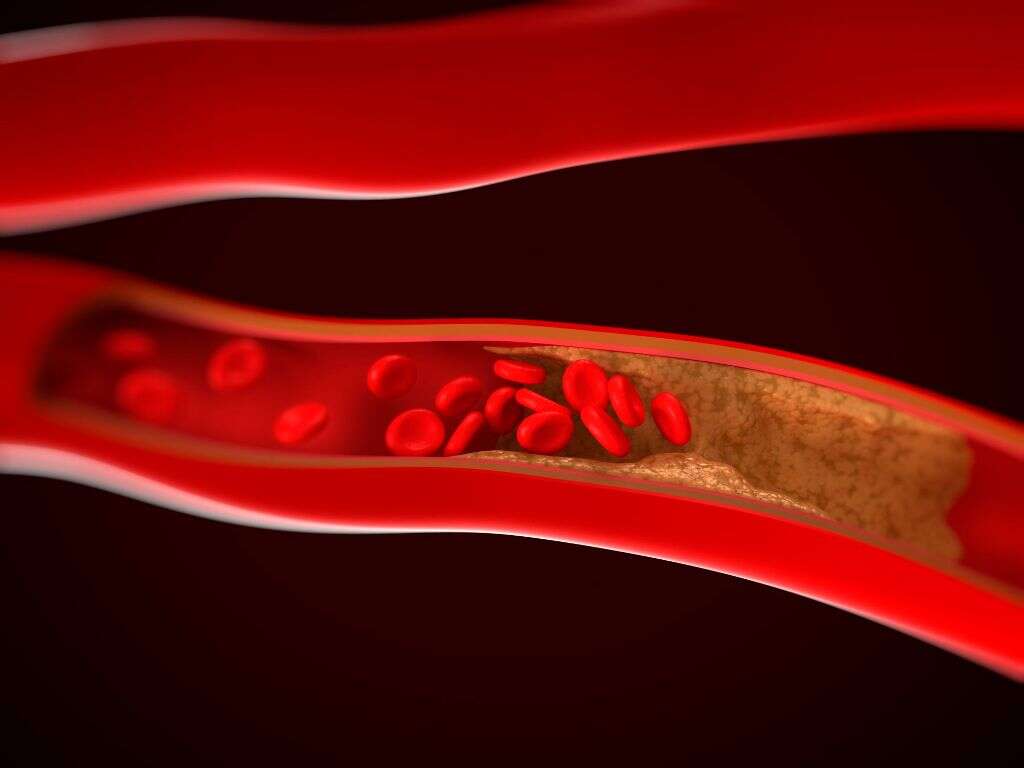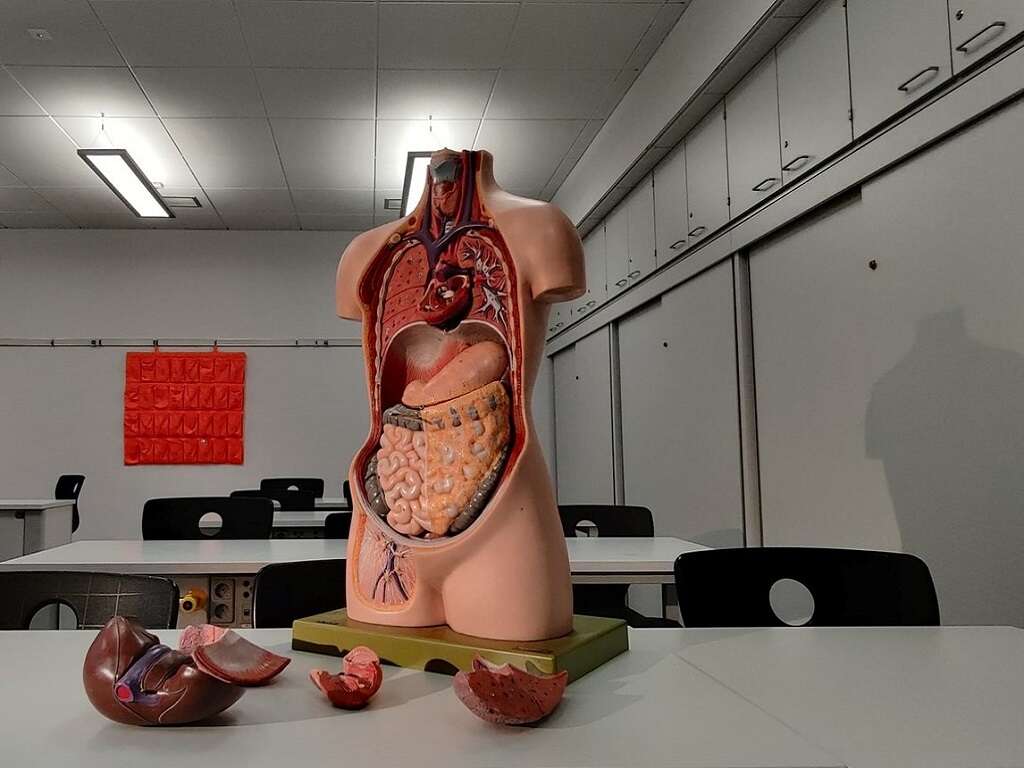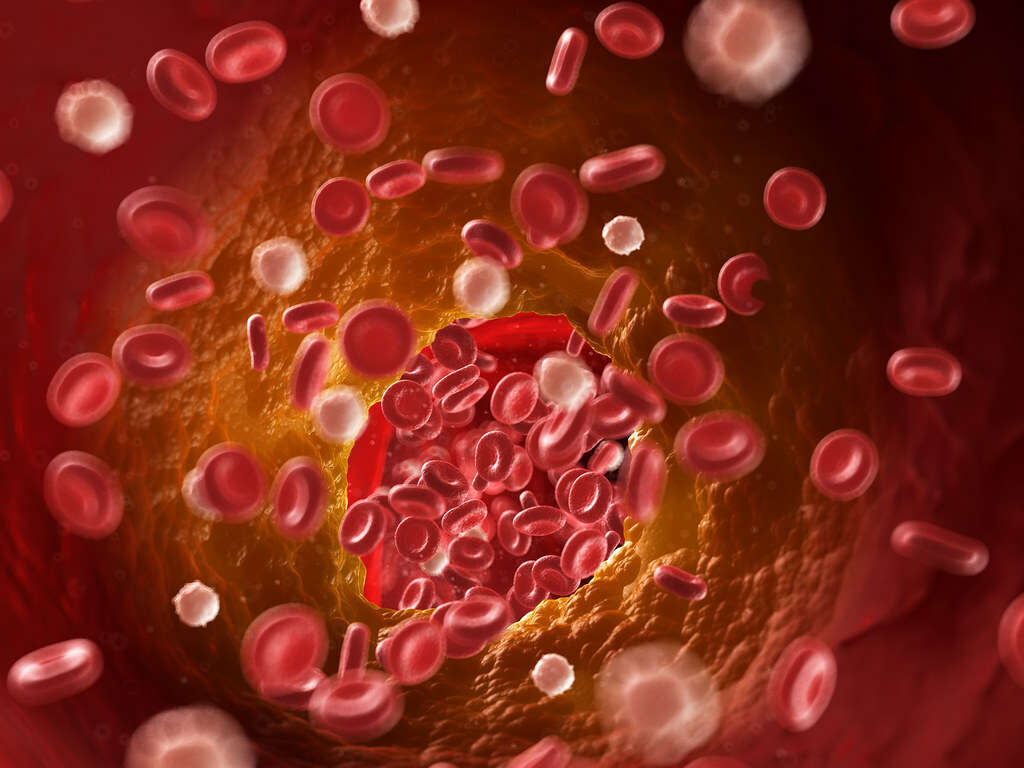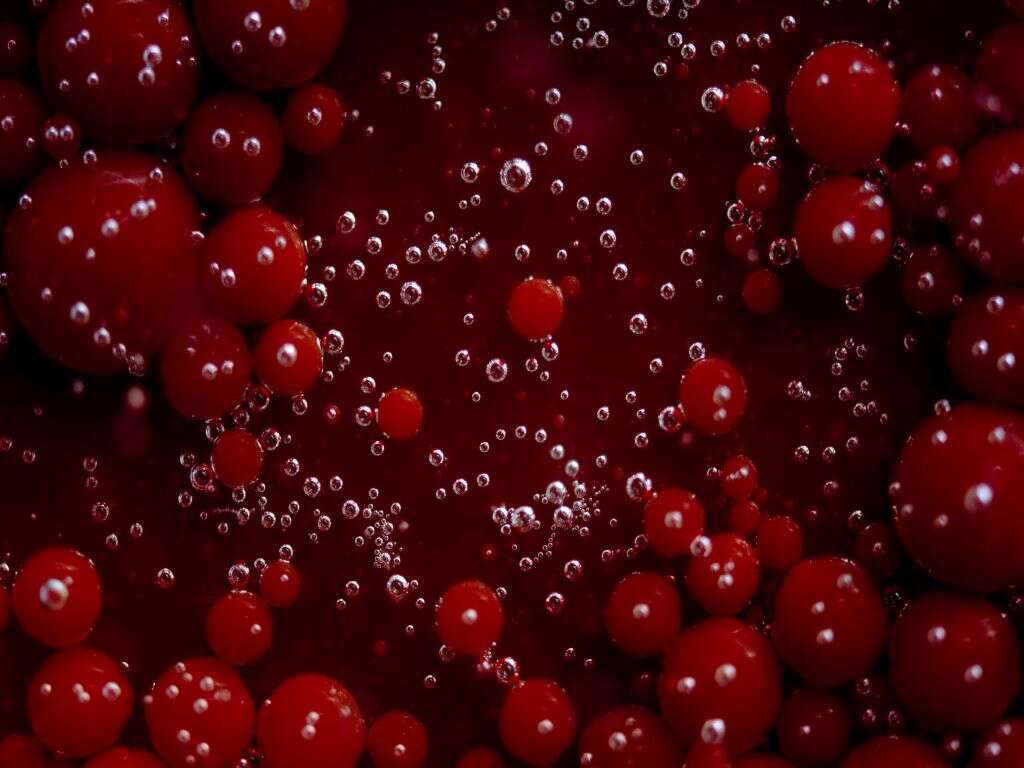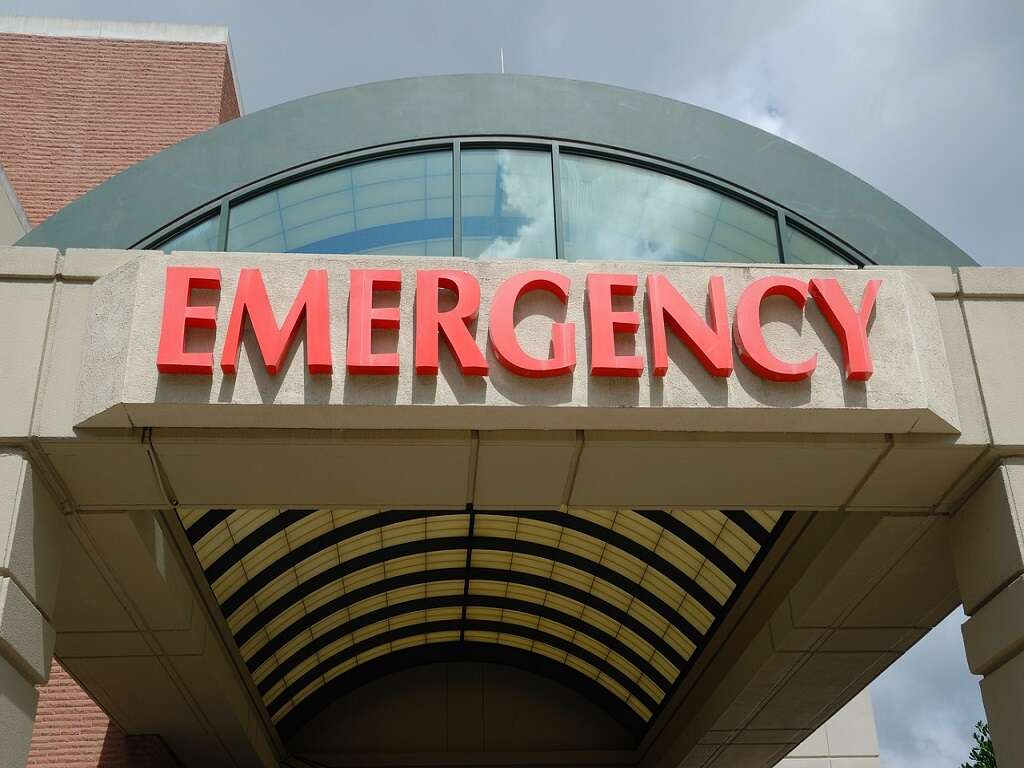What Is Ischemia?
2. Pathophysiology
When ischemia occurs, there is tissue damage due to the ischemic cascade process. The damage to the tissues are due to the buildup of metabolic waste products, damage to mitochondria, leakage of autolyzing proteolytic enzymes, and inability to maintain cell membranes. When the blood supply is restored to these ischemic tissues, it can cause more injury. This is known as reperfusion injury and can be more damaging than the ischemia.
When blood is reintroduced to the affected tissues, the availability of oxygen causes more production of reactive oxygen species and free radicals that damages the cells more. More calcium ions are also brought to the tissues, resulting in calcium overload, which increases the risk of cardiac arrhythmias and acceleration of cellular self-destruction. The blood flow also amplifies the inflammation response from the damaged tissues, which can lead to destruction of cells that are still viable.
Advertisement
